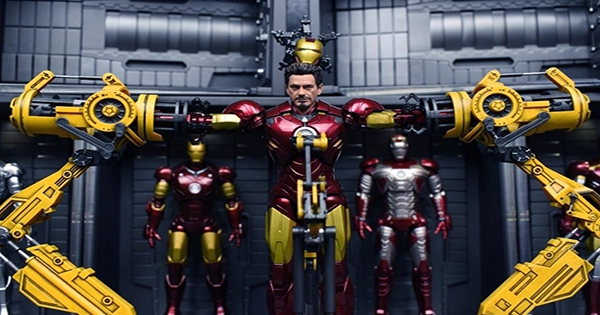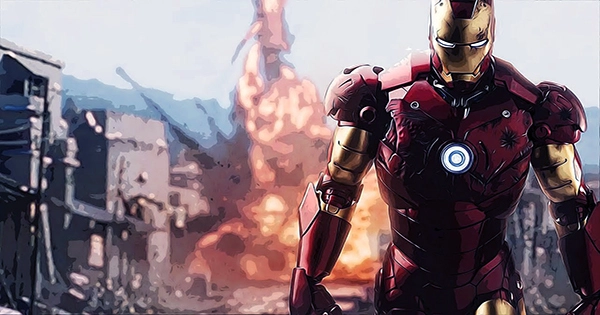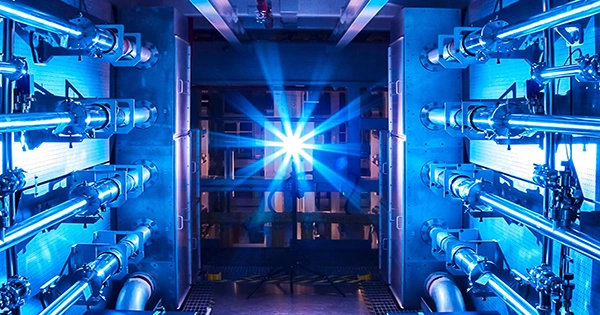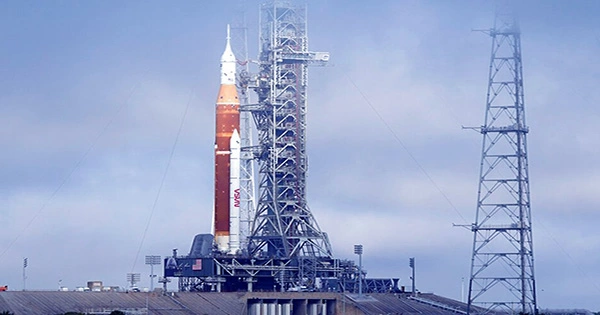What has science fiction taught us is the most important element to consider while creating futuristic humanoid robots? A jetpack, to precise, fortunately, a team of experts from the Istituto Italiano di Tecnologia is on the job, aiming to repair an existing child-sized robot known as iCub with a backpack propulsion system.
The researchers believe that allowing robots to fly will provide search and rescue teams with a new tool for finding injured individuals while keeping their capacity to handle objects and get into locations where humans cannot. The jetpack-riding iCub will be equipped with propulsion systems in the palms of its robotic hands, allowing it to change direction and rise with ease, possibly inspired by Iron Man. iCub could unlock doors, shut off valves, and search interior and outdoor disaster scenes for survivors once it arrived at the goal.

“The 2004 Indian Ocean earthquake and tsunami killed about 230.000 people in 14 nations, injured 140.000 people, and forced 1.74 million people to seek care and relocate,” according to their website. “Unfortunately, robotics is currently trailing behind in terms of providing economical disaster solutions.” Indoor inspection and manipulation jobs might be performed by humanoid robots, but outdoor inspection would be difficult.”
When it comes to repurposing humanoid robots for Search and Rescue, robotics teams encounter a challenge like this. Robots capable of manipulation – such as opening doors and moving objects – are frequently immobile, but those used for reconnaissance are restricted to one purpose. They believe that adding aerial locomotion to a humanoid robot will solve this problem.
So far, their research has focused on creating algorithms enabling the robot to control its height and position while in the air, as well as creating an accurate test bench to replicate the powerful turbines that will strapped to the arms. As the first Iron Man film demonstrated, maintaining perfect control while in flight is a precise science that does not fit into a 2-minute movie montage.
If their video displaying the jet engines is any indication, this thing is going to be speedy. Two propulsion systems strapped onto the miniature robot, which stands at the height of a “five-year-old child” (104 cm, or 40.9 inches) and weighs 33 kilograms (72.6 pounds) without the engines, would allow it to reach survivors in minutes when placed at a catastrophe scene. Despite the fact that the research is still in its early stages, 40 iCubs already been developed around the world. As a result, it may not be long until survivors of earthquakes, other natural calamities see a jetpacking robot descending on their area, and summoning help, we, in fact, living in the future.
















